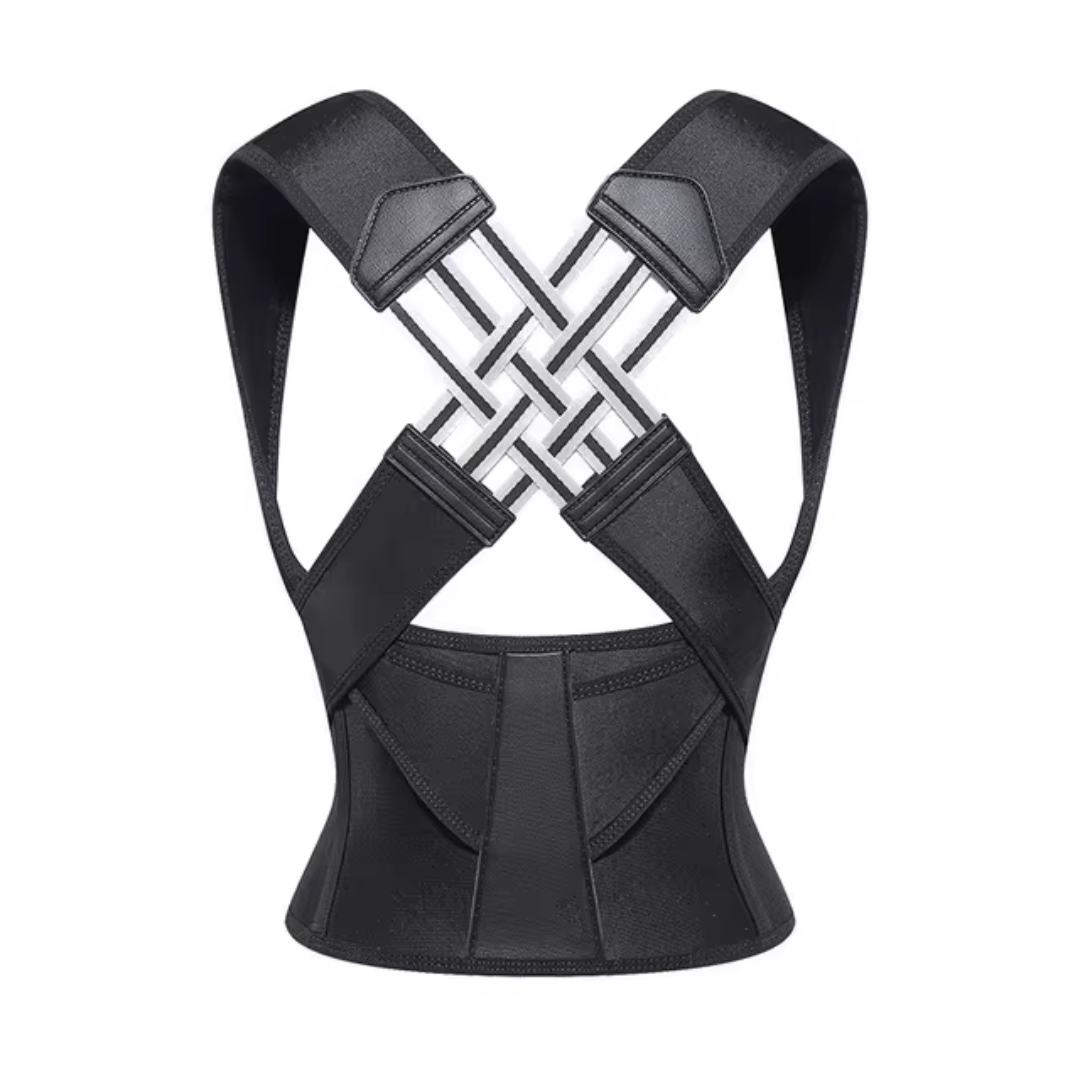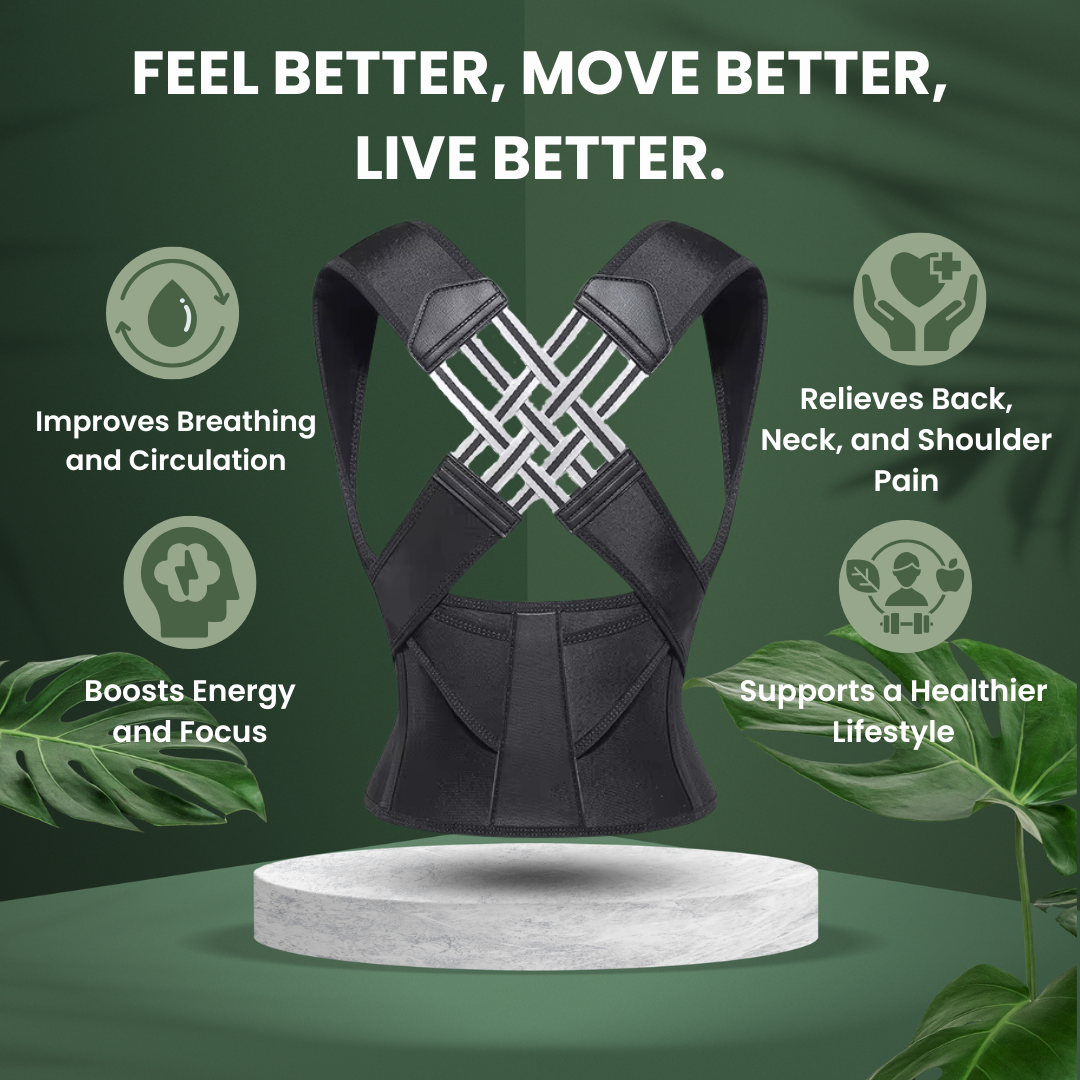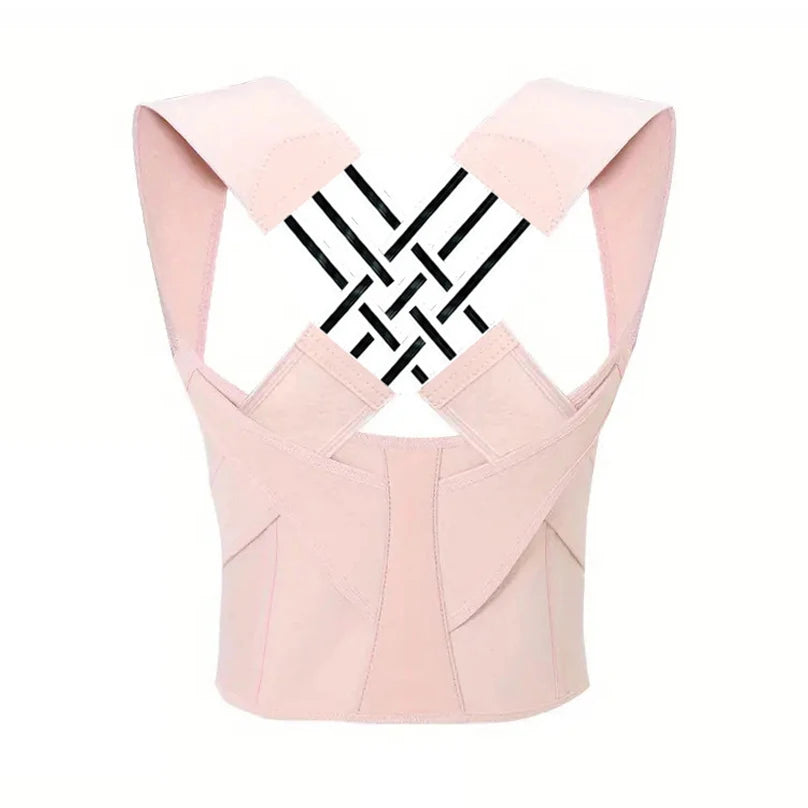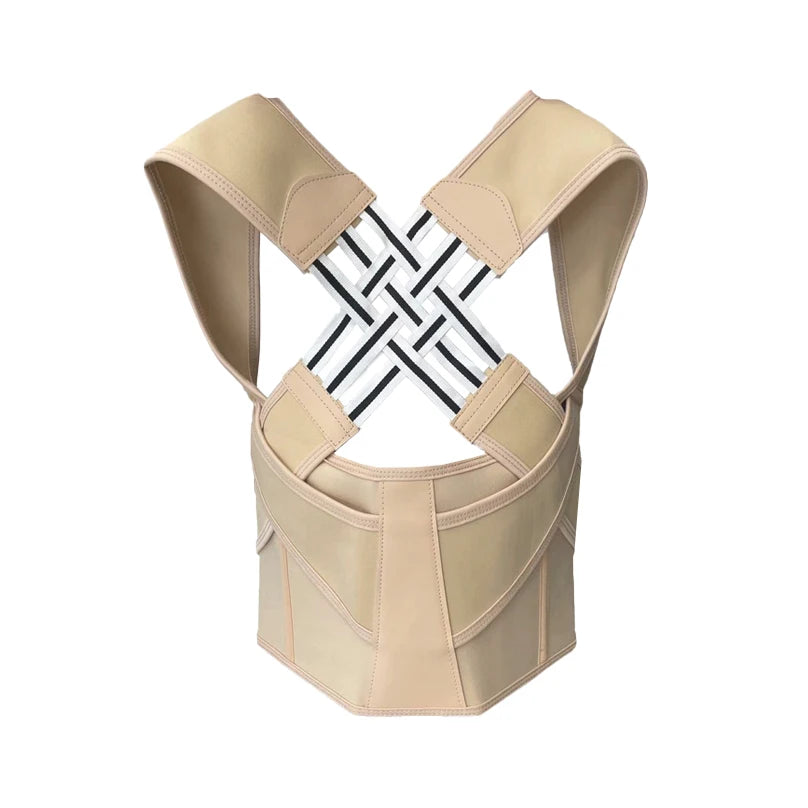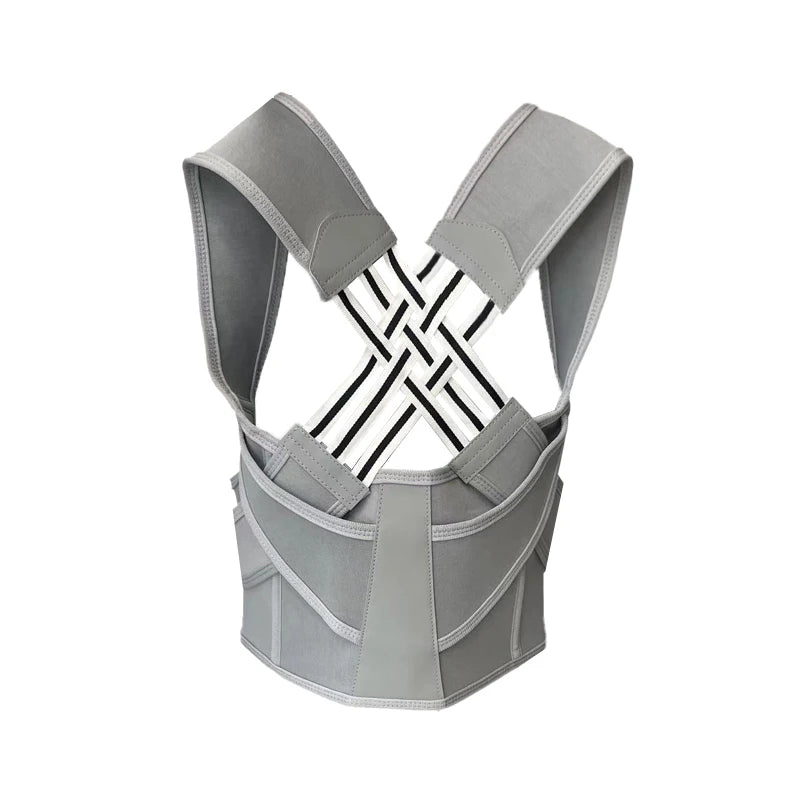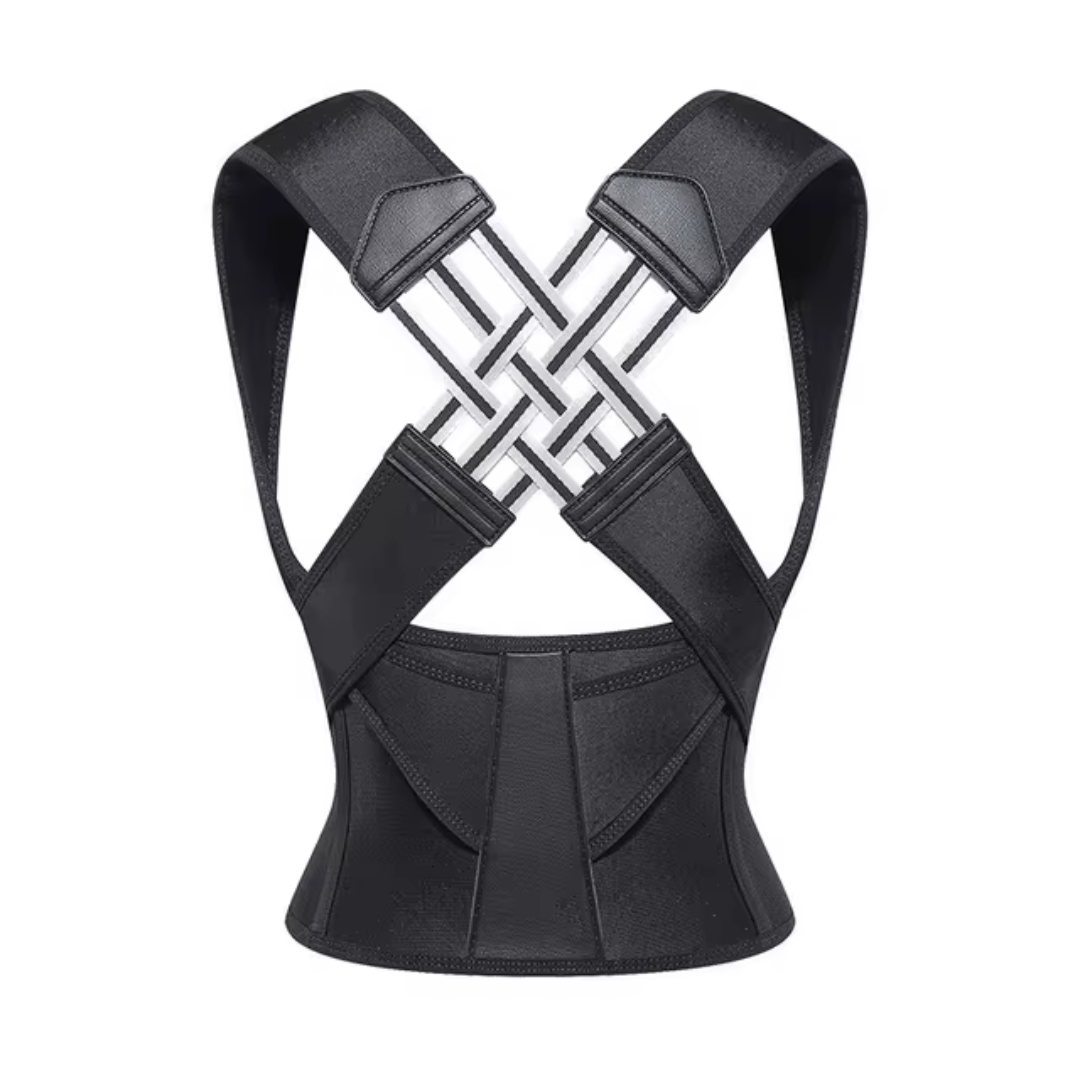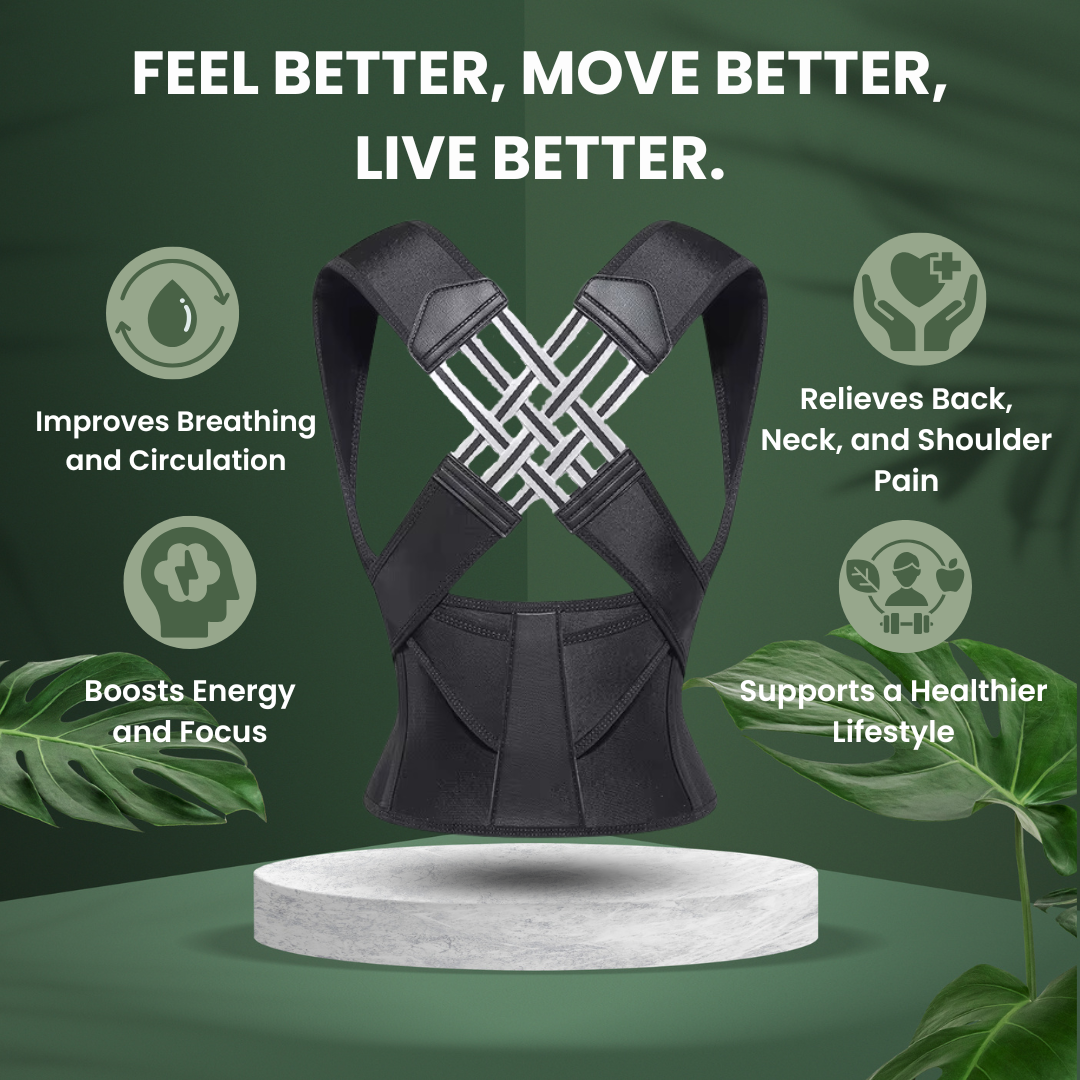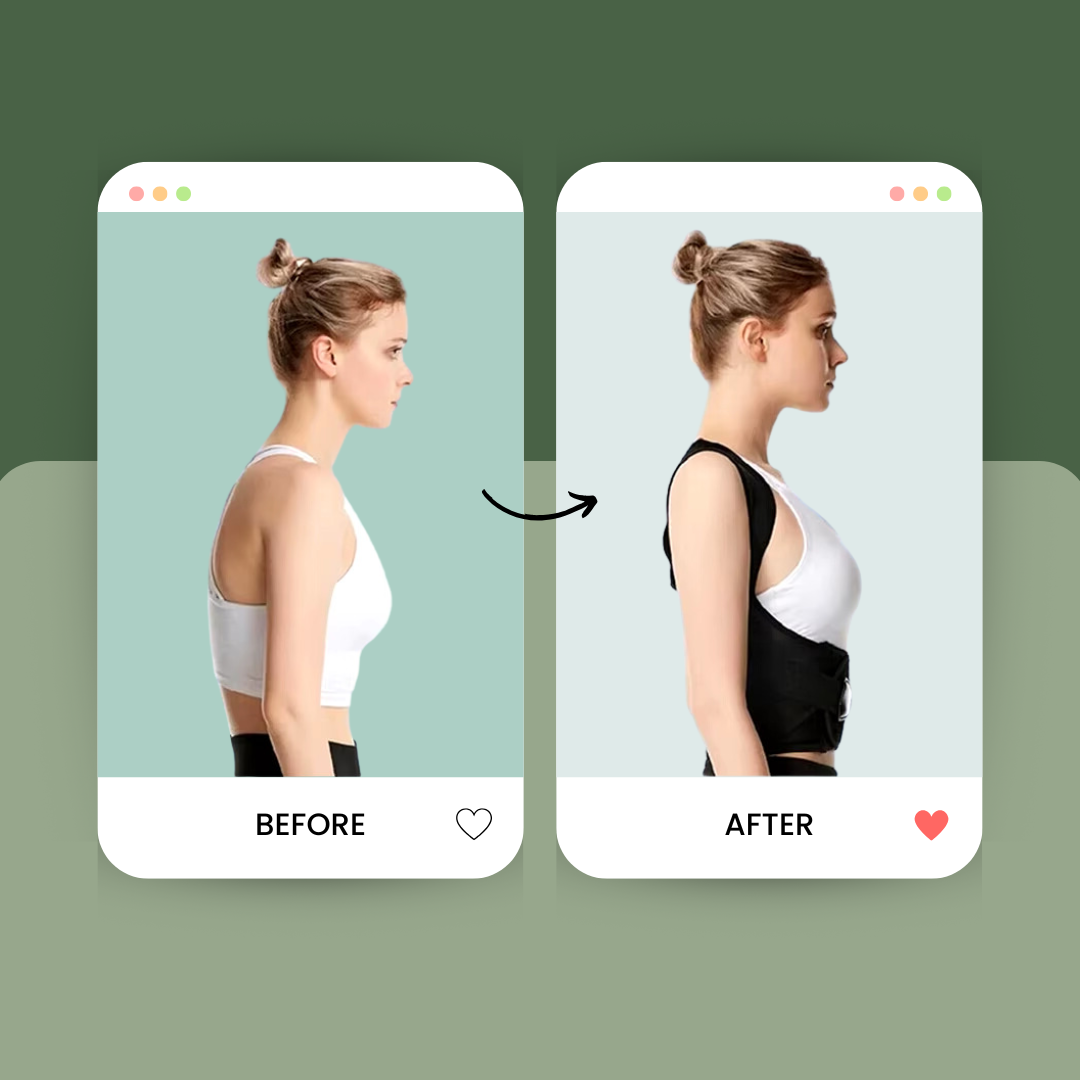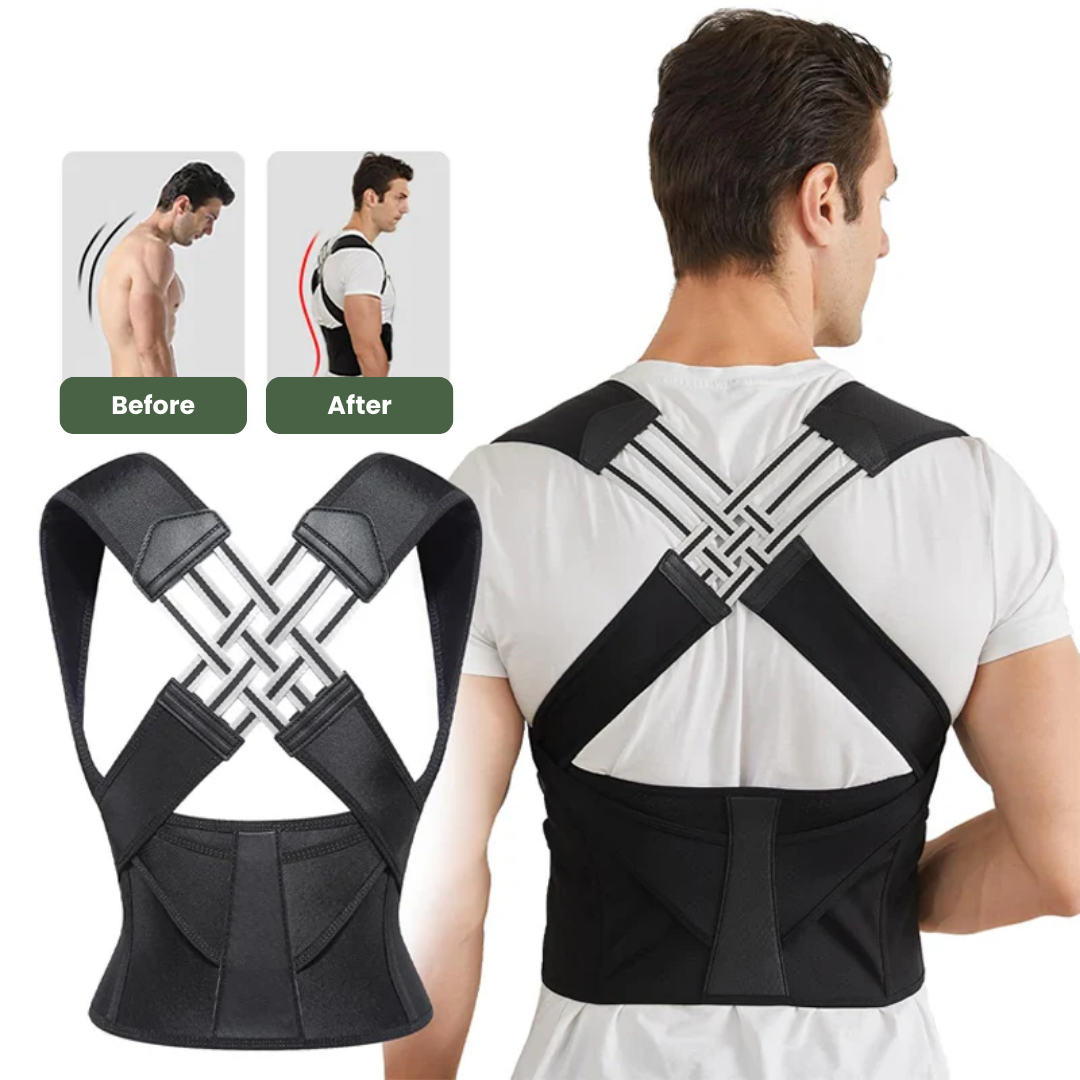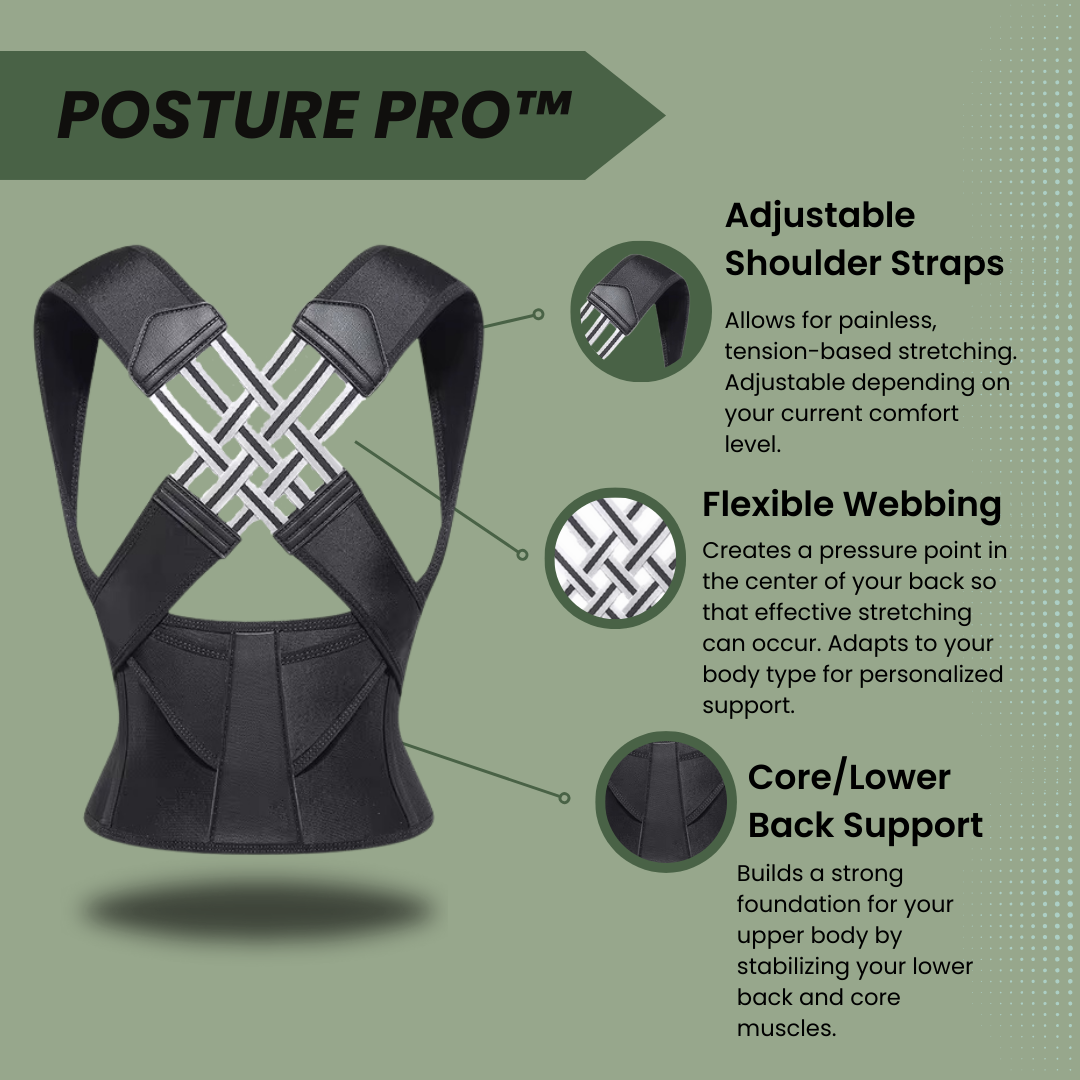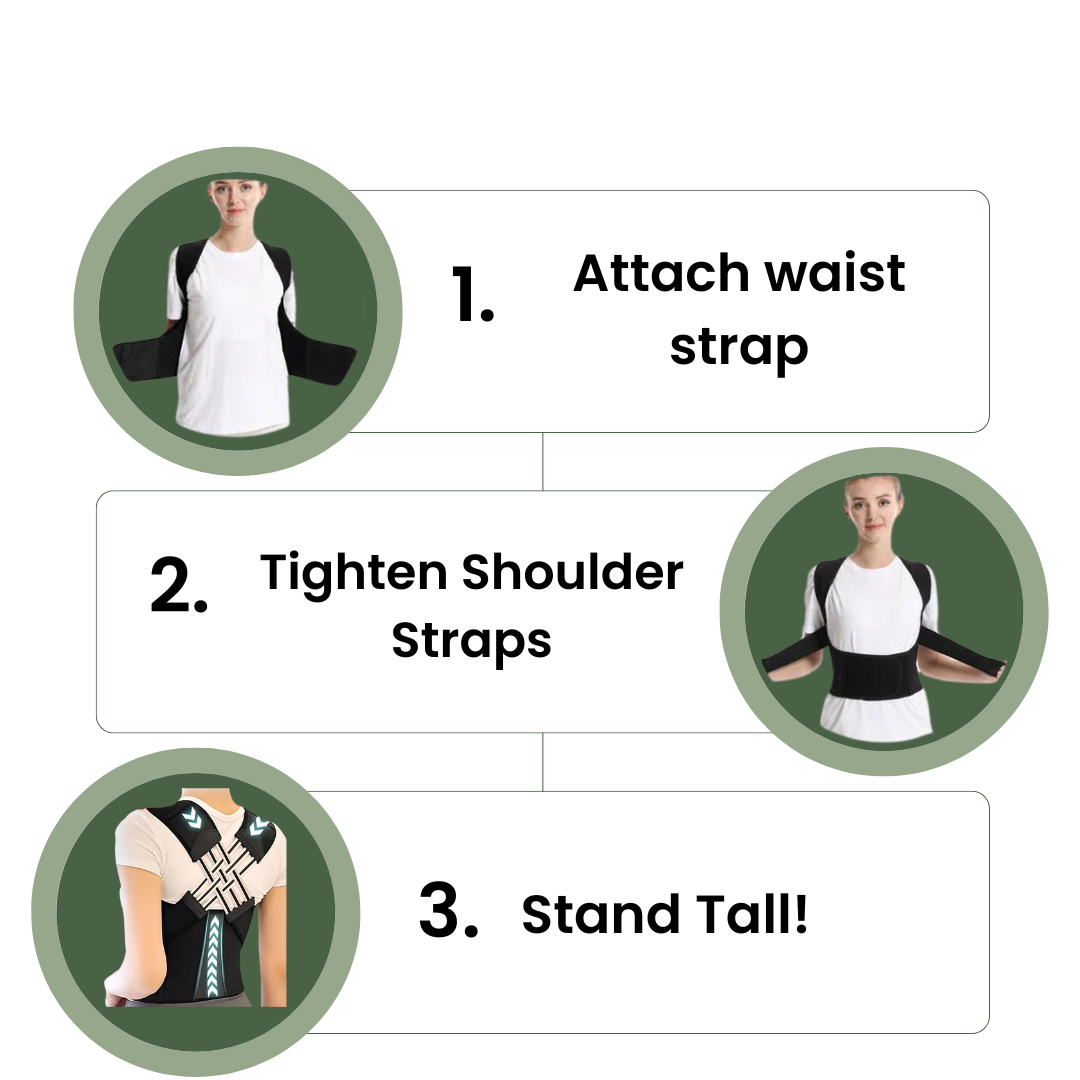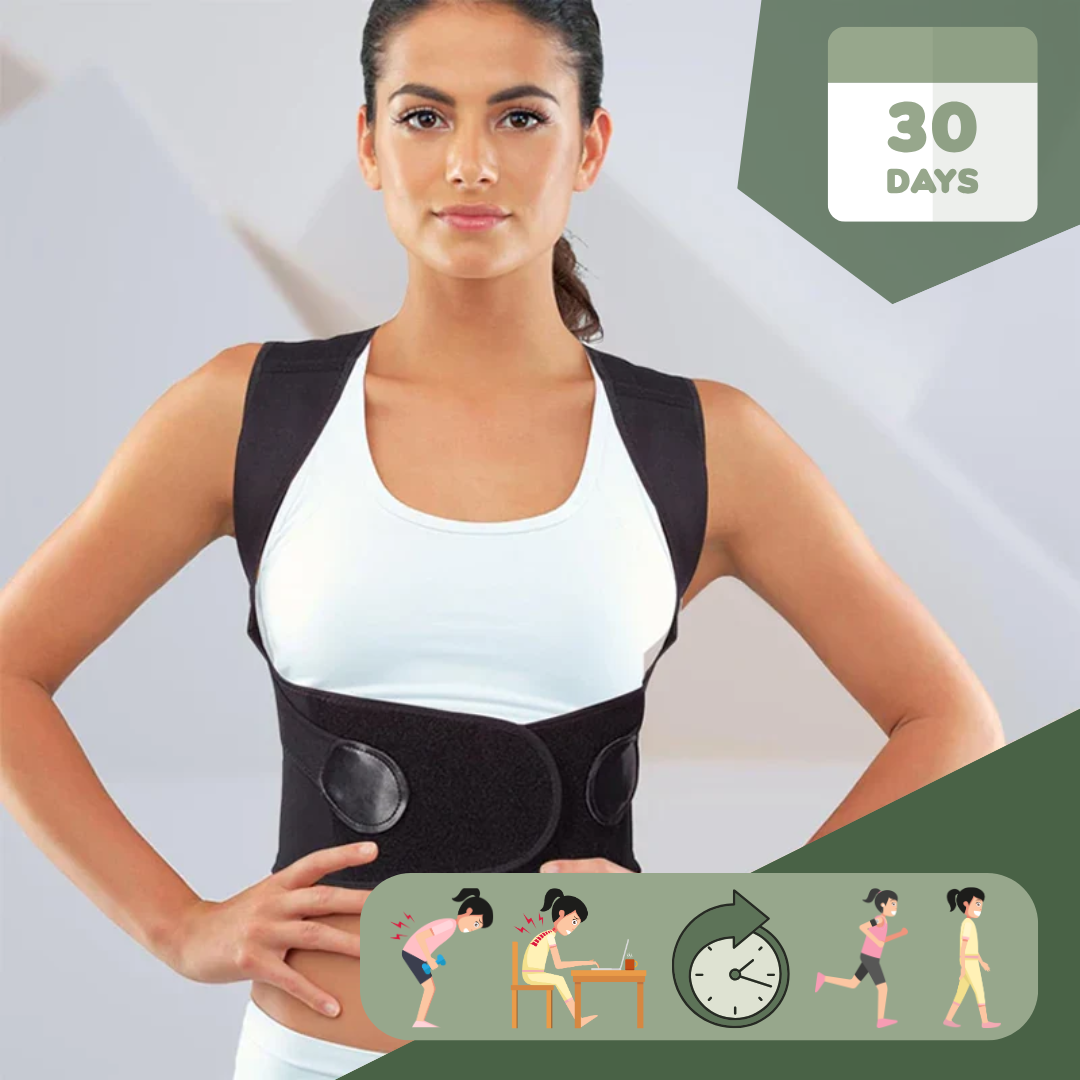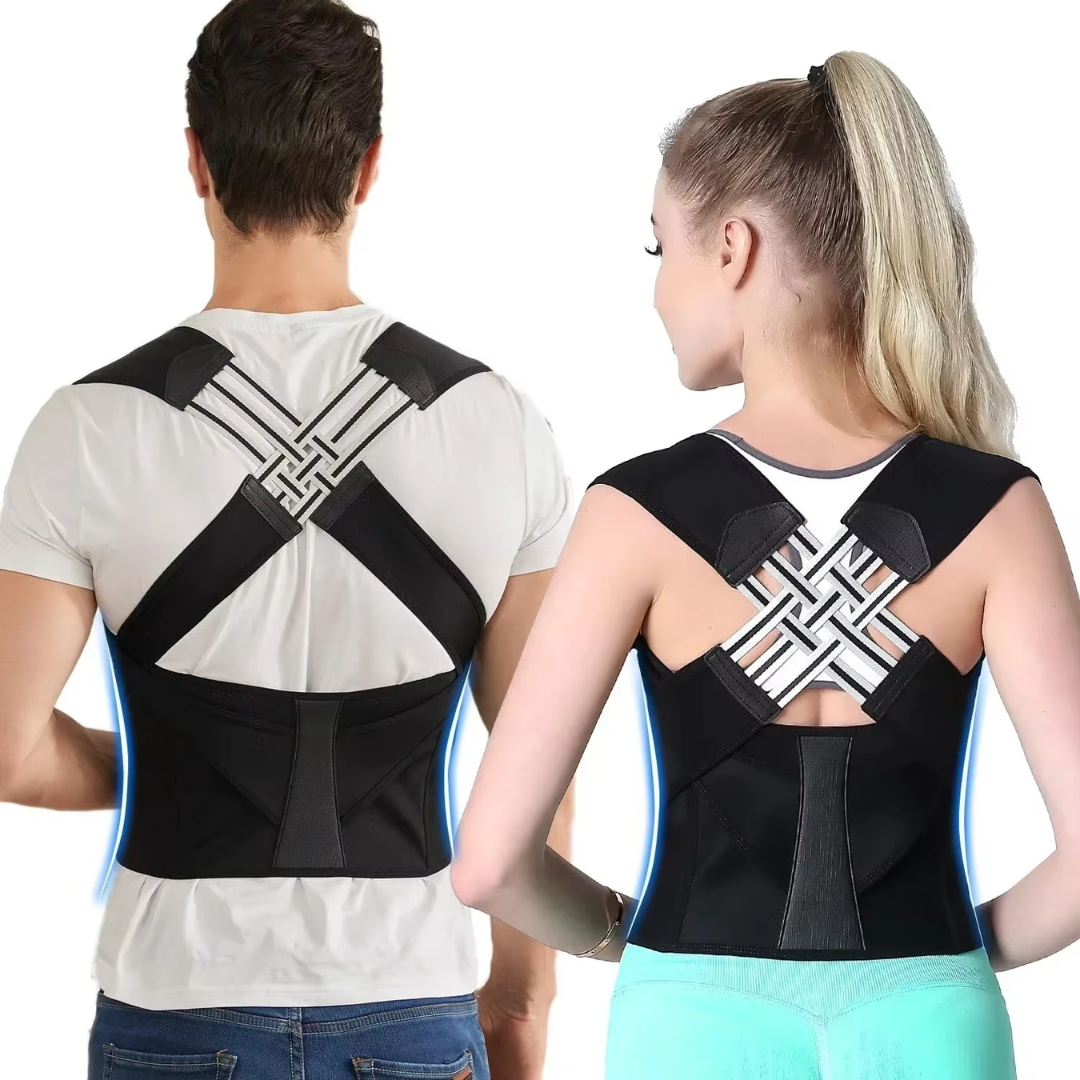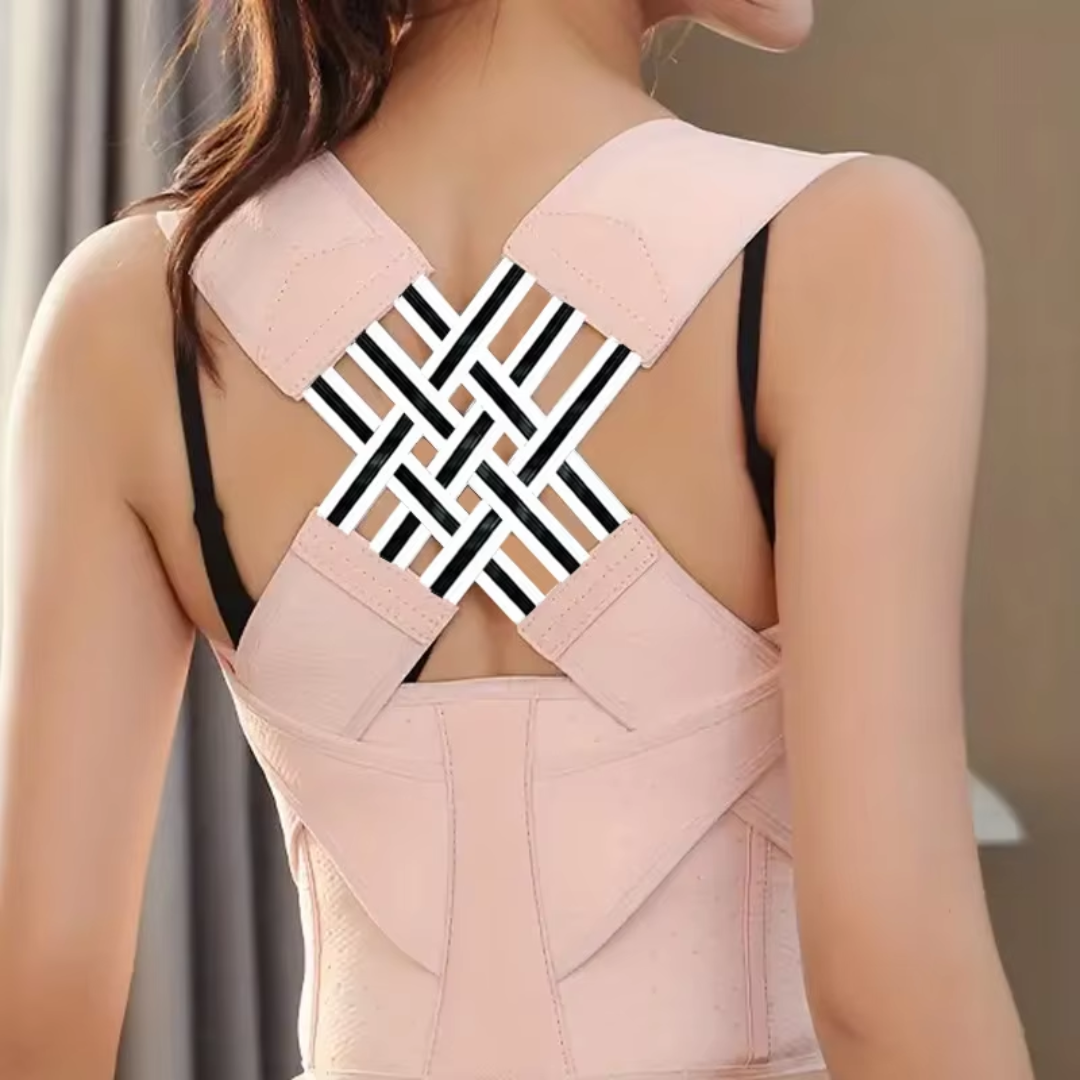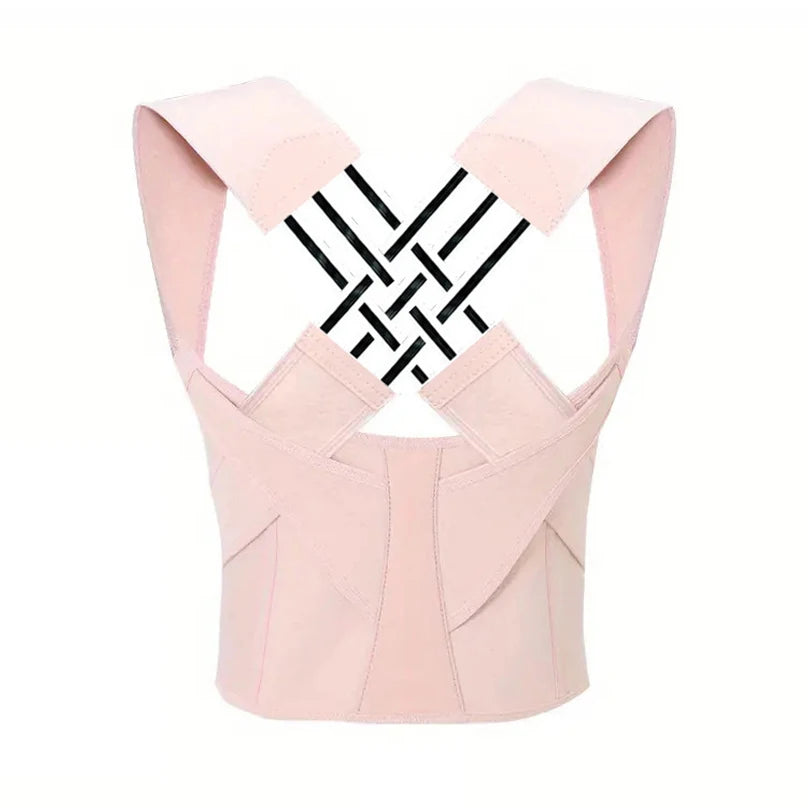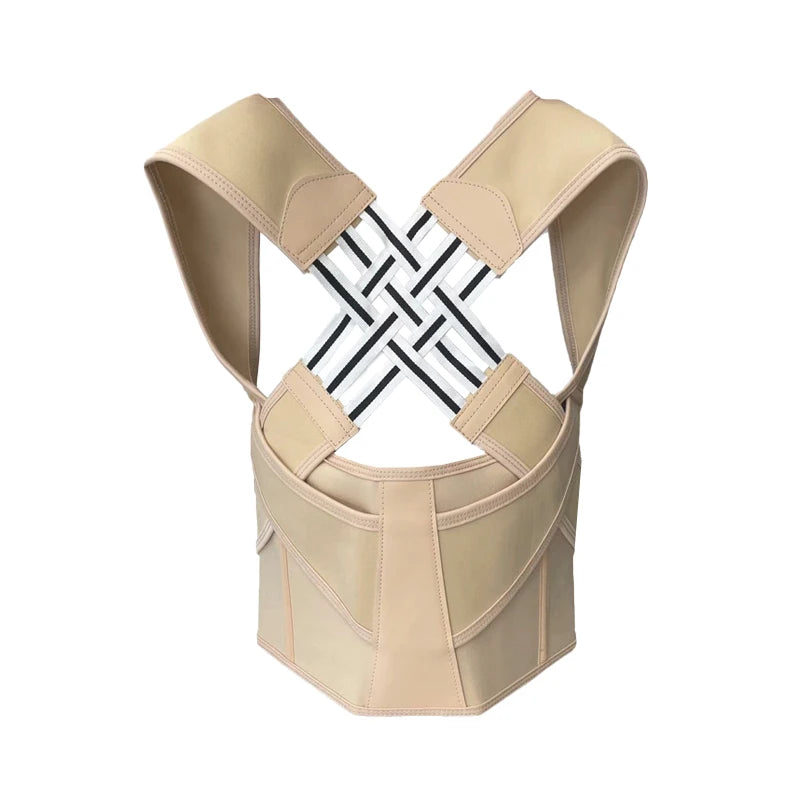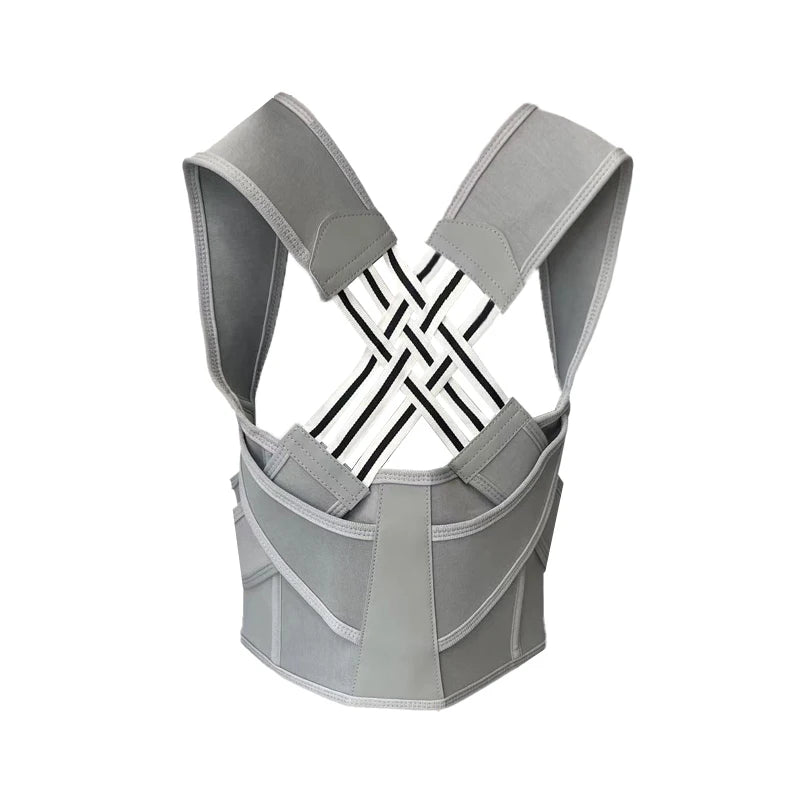Many people face neck and back pain from bad posture. Posture correctors and physical therapy are two ways to deal with this. This article compares Posture Corrector Vs Physical Therapy to find what works best for you.
Read on to learn more.
Key Takeaways
- Posture correctors are devices that help with body alignment. They come in many forms like braces, shirts, and gadgets. These devices offer temporary help by training muscles to hold the body upright.
- Physical therapy targets poor posture with exercises and stretches. It works on making back muscles stronger and teaching good movement habits for long-lasting solutions.
- While posture correctors give quick relief, physical therapy provides a more effective, long-term approach by fixing the root causes of bad posture through personalized plans.
Understanding Posture Correctors
Posture correctors are devices designed to help improve body alignment and prevent slouching. They work by providing support to the spine, shoulders, or neck, promoting proper posture and reducing strain on muscles.
These correctors come in various types such as posture braces, posture shirts, and wearable posture monitors.
How posture correctors work
Posture correctors are like helpers that remind you to stand or sit straight. They pull your shoulders back and align your spine the right way. This helps because it trains your muscles to hold you up in a good shape.
Think of them as training wheels for your body, helping until you can keep yourself upright without any help.
Posture correctors serve as gentle reminders to adjust our stance, promoting spine health and reducing discomfort.
These tools work best when used with regular exercise and stretching. They make sure your back gets stronger and more flexible, which is key for good posture. Over time, using these aids along with being active improves how you hold yourself - whether standing or sitting at an office chair.
Common types of posture correctors
Many people suffer from back pain and poor posture. Posture correctors are designed to help with these problems. Here is a list of common types:
- Harnesses - These wrap around your shoulders and back. They pull your shoulders back to improve spine alignment.
- Shirts with panels - These look like regular shirts but have built-in support to straighten your spine.
- Adhesive pads - You stick these on your back. They remind you to sit or stand straight.
- Braces - Similar to harnesses, they also may include lumbar support for your lower back.
- Sports bras - These are not just for exercise. They offer support around the chest and shoulders to ease neck pain and straighten the spine.
- Electronic devices - Worn on the back, these beep or vibrate when you slouch, reminding you to correct your posture.
- Gyroscopes - Advanced gadgets that track your posture and give feedback through an app.
- Magnets - Used less often, they claim to improve blood flow along with aligning the spine curvature.
Each type targets different needs like shoulder pain or forward head posture. For best results, choose one that feels comfortable and suits your daily activities.
Role of Physical Therapy in Postural Correction

Physical therapy uses stretching exercises and strengthening exercises to address poor posture. It creates personalized treatment plans for individuals, taking into account their individual needs and goals.
Techniques used in physical therapy
Physical therapy uses many ways to fix posture problems. This helps people with bad posture, back pain, and other issues.
- Joint mobilization techniques improve movement in joints and reduce pain.
- Soft tissue mobilization works out knots in muscles and relieves tension.
- Myofascial release targets the protective layer around muscles, easing pain and increasing flexibility.
- Physical therapists teach exercises that make back muscles stronger and help with spine alignment.
- They show stretching exercises to keep muscles flexible and prevent stiffness.
- Therapists use ergonomic education to help people learn better ways to sit, stand, and move at work or home.
- Exercises for a strong belly and back are taught to support the spine properly.
- Balance exercises improve stability by strengthening the core and lower body.
- Postural exercises focus on keeping the neck, shoulders, and spine in the right position.
- Therapists guide in regular exercise routines that prevent posture from getting worse due to a sedentary lifestyle.
These methods help fix poor posture by making muscles stronger, reducing pain, and teaching good habits.
Benefits of personalized therapy plans
Personalized therapy plans offer customized solutions to enhance mobility and alleviate pain.
Posture Correctors Vs Physical Therapy: A Comparison
Posture correctors are wearable devices created to enhance body alignment and provide back support. These can encompass braces, posture shirts, or straps. Physical therapy encompasses customized exercises and methods to tackle particular postural concerns, aiming to enhance muscle strength and flexibility for enduring benefits.
When deciding between posture correctors and physical therapy, it's vital to consider the efficacy in managing postural issues as well as the potential for enduring versus immediate solutions.
Effectiveness in addressing postural issues
Physical therapy is highly effective in improving posture. It's a proven method to address postural problems, enhancing movement, and reducing pain. Expert physical therapists like Christina Rodriguez emphasize the importance of personalized treatment plans that target individual needs for better results.
Also, Lisa Mitro highlights how correct posture boosts overall body movements beyond just sitting. Incorporating strengthening exercises and stretches tailored towards improving muscle strength and spine alignment significantly enhances postural issues.
While posture correctors provide immediate relief and can help train the body to maintain proper posture independently, they may not address the root cause of postural issues as effectively as physical therapy does.
Physical therapy provides lasting solutions by targeting specific muscles and addressing underlying musculoskeletal imbalances that contribute to poor posture.
Long-term versus short-term solutions
When addressing posture issues, posture correctors provide short-term relief and improved awareness. Nevertheless, physical therapy offers long-term sustainable improvements in body mechanics and posture.
Studies indicate that ergonomically designed workstations, including stand-up desks and chairs with lumbar support, can also contribute to better posture over time.
Consulting healthcare professionals for effective solutions in both approaches regarding neck pain, poor posture, spinal alignment problems, back pain, and sedentary lifestyle challenges is recommended.
Personalized treatment plans through physical therapy aim not just to relieve immediate discomfort but also to promote lasting improvements in musculoskeletal health.
Conclusion
In conclusion, both posture correctors and physical therapy play crucial roles in improving posture and alleviating pain caused by poor positioning. Posture correctors can provide short-term support by enhancing body awareness and prompting muscle engagement, but they should not be seen as permanent solutions.
On the other hand, physical therapy offers personalized treatment plans focusing on strengthening exercises, stretching techniques, and manual therapy to address the underlying causes of poor posture for long-term improvement.
It's crucial to find a balance between using posture correctors responsibly to develop healthy habits while seeking professional guidance from a physical therapist for comprehensive postural correction.
Therefore, understanding the benefits of each approach is vital in creating an effective strategy towards achieving optimal posture and musculoskeletal health.
FAQs
1. What is the difference between using posture correctors and physical therapy for back pain?
Posture correctors are devices like back braces that provide lumbar support to help align your spine, while physical therapists use a personalized treatment plan incorporating stretching and strengthening exercises to improve your posture.
2. Can poor posture from a sedentary lifestyle lead to neck pain or lower back pain?
Yes, a sedentary lifestyle can result in bad posture which may cause neck pains, shoulder pain, and low back pain due to misalignment of the spine curvature.
3. How does physical therapy work for correcting bad posture?
Physical therapists analyze your physique including attention to details such as foot position, pelvis alignment and shoulder blades placement. They then design regular exercise routines targeting specific muscles like abdominal muscle or adductor muscle to strengthen them for better postural support.
4. Are there any health problems associated with prolonged poor posture?
Yes indeed! Long-term poor posture can lead not only musculoskeletal pain but also other health problems related with spinal cord such as lordosis - an excessive inward curvature of the spine.
5. Is it safe for me to self-diagnose my symptoms and use a posture corrector without consulting a professional?
While many people resort to self-diagnosis out of fear or apprehension about sports injuries or chronic conditions, it's always best practice first seek advice from professionals before using tools like back brace since misuse could potentially exacerbate existing conditions.
6. Besides improving quality of life through reducing soreness in necks or backs what other benefits do proper postures offer?
Correcting postures improves proprioceptive senses thus enhancing body awareness; furthermore regular physical activity helps increase overall muscle strength contributing towards healthier lifestyles.


